For many home cooks and chefs, gas stoves are the favored option. Rapid heat shifts are made simple by the flames' instantaneous heating and cooling. However, as residue builds up in the gas ports, the accuracy and control that come with gas stoves may start to wane. Additionally, if you get too many grease splatters, you may end up with caked-on residue that no one wants to see. To find out how to clean gas stove burners, continue reading.
Other Topics You Might Like
Helpful Products You Might Like
Easy Off Professional Fume Free Max Cleaner
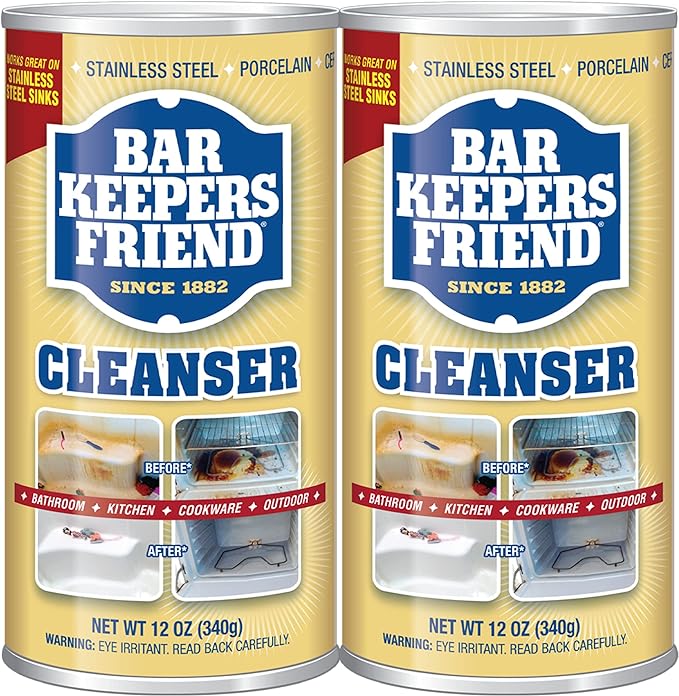
Bar Keepers Friend Powder Cleanser For Kitchen
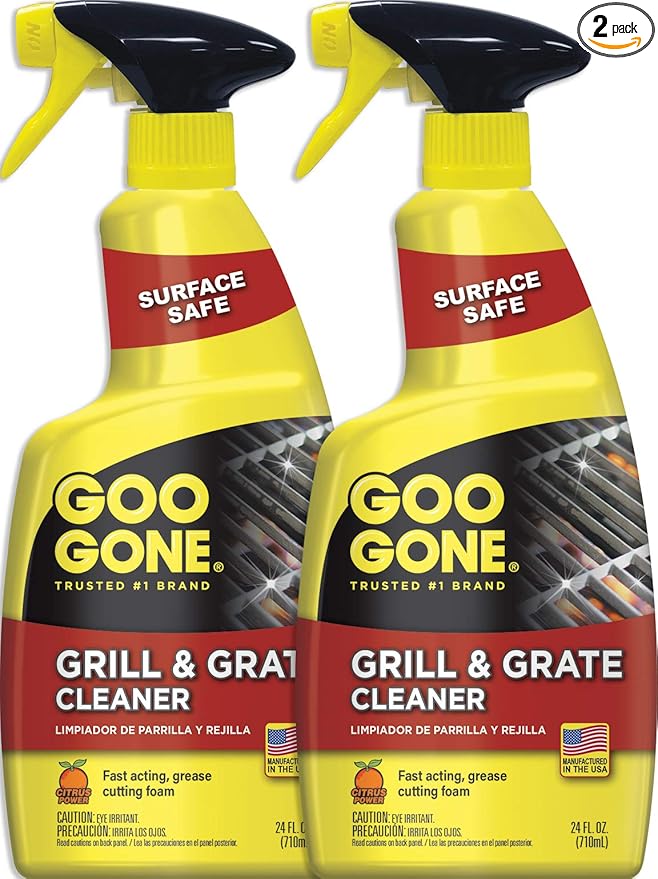
Goo Gone Grill and Grate Cleaner Spray
"(Paid Links)" 
When Is the Right Time to Clean Gas Stove Burners?
The frequency of use determines how frequently you should clean your burners. As a general guideline, it may be time for a thorough cleaning if the flame becomes erratic or yellow. Otherwise, a monthly deep cleaning should be sufficient; however, routine maintenance, such as cleaning up spills, will facilitate deep cleaning.
Vinegar and baking soda are common ingredients that act as natural cleaners. While the baking-soda acts as a gentle scouring agent to get rid of residue and caked-on food, the vinegar will aid in breaking down grease.
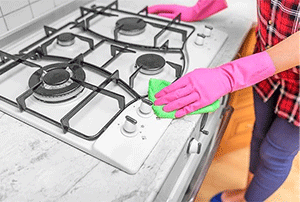
What You'll Need
How to Clean Gas Stove Burners step by step
Remove Burner Caps
Remove Burner Heads
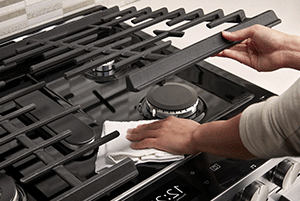
The burner head is under the caps on top of the gas tube. Lift the hob heads straight up to remove them. Don't bend or harm the ignition electrode if your cooker has this configuration.
Soak the Parts
To remove hardened dirt, soak the burner heads and caps in a solution of liquid dish detergent and warm water or distilled white vinegar and water for 20 to 30 minutes.
Scrub Burner Heads and Caps
Use an old toothbrush and a non-abrasive scour pad to remove food stains from the surfaces of all burner heads and caps. Use a straightened paper clip to remove debris still in the port apertures, being careful not to dig too deeply or harm the metal.
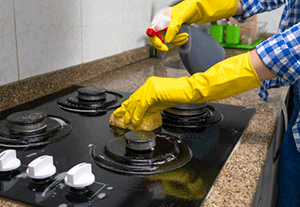
Rinse and Dry the Parts
Reassemble the Burners
Relight the Pilot Lights
Tips to Keep Gas Stove Burners Clean Longer
Use a detachable gas range guard hob liner that fits over them to prevent spills and boilovers from damaging your burners.
Keep all hob parts dry, including burners and grates, to avoid rust.
Never wipe hardened spills on your gas hob with a knife or other sharp implement.
Keep the grates clean to keep the burners unclogged. Consult your user's manual to find out if your gas range's grates can be cleaned in a self-cleaning oven.
